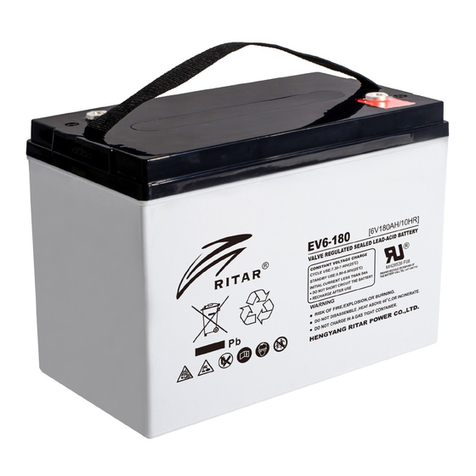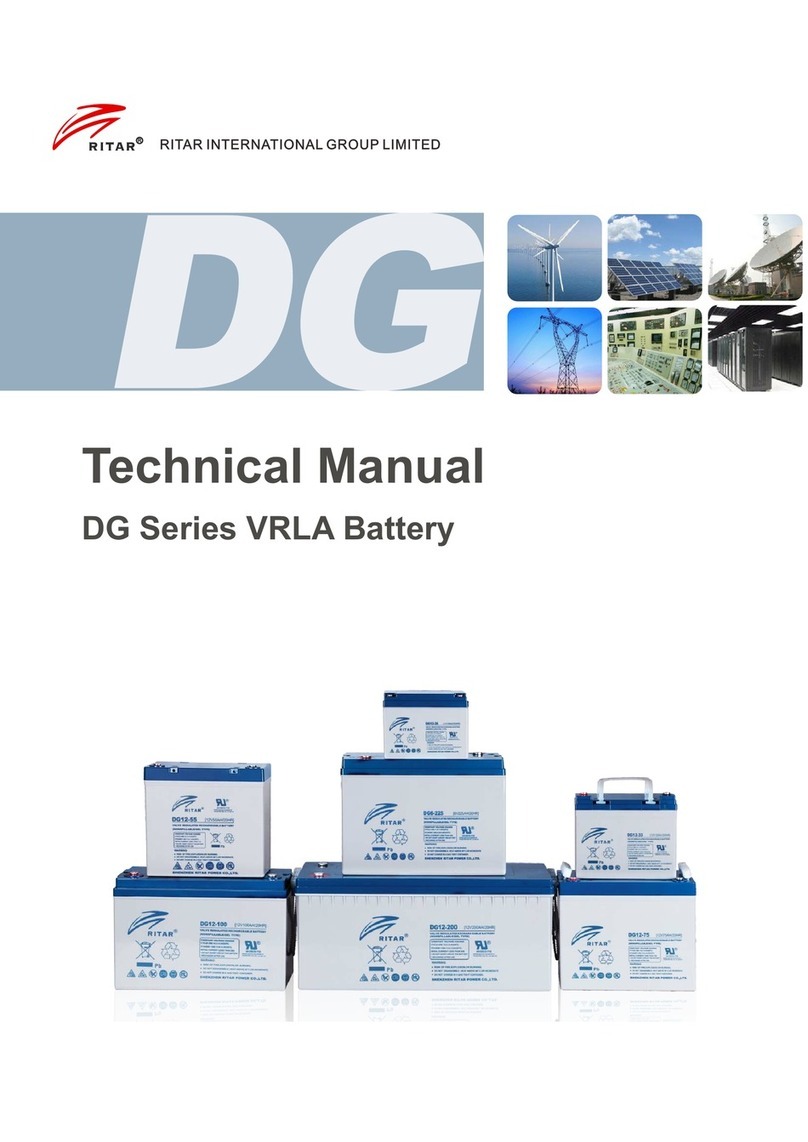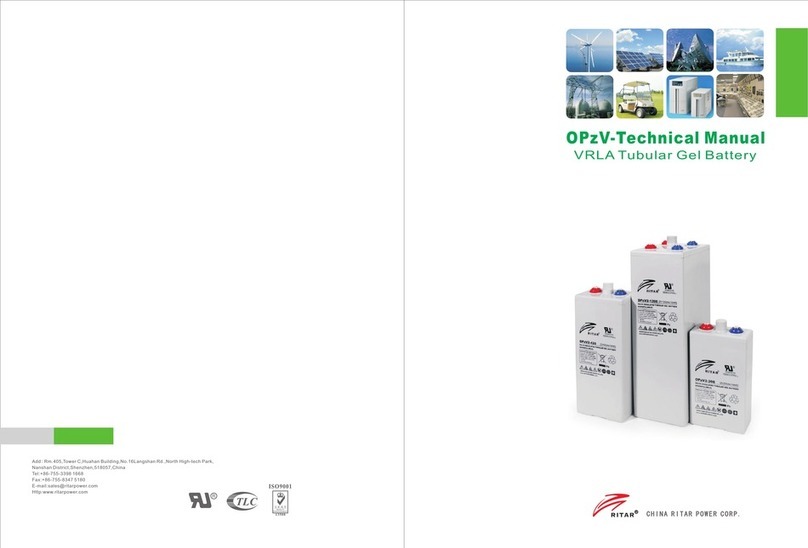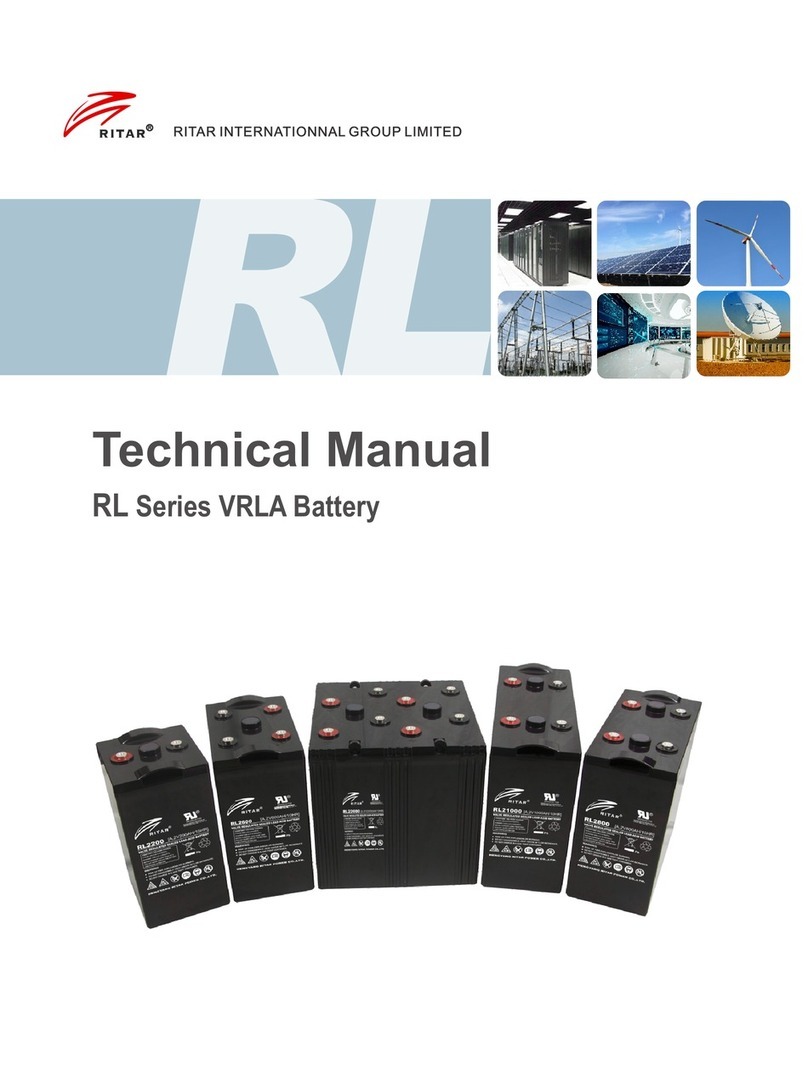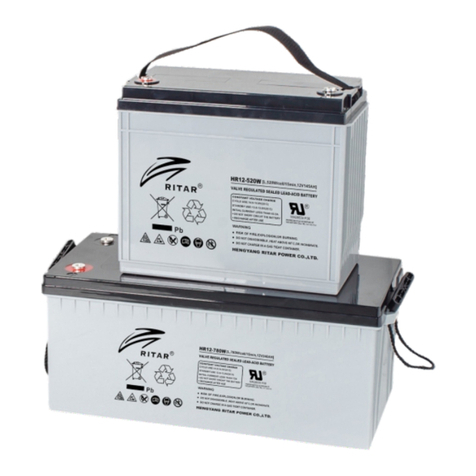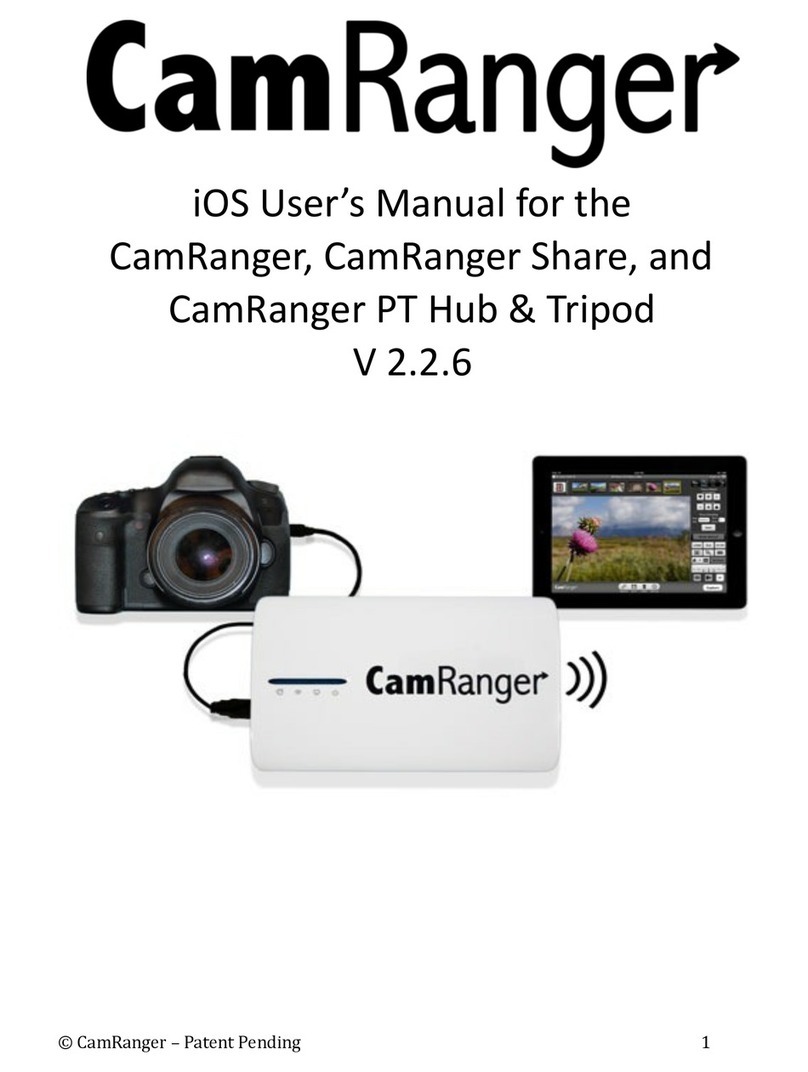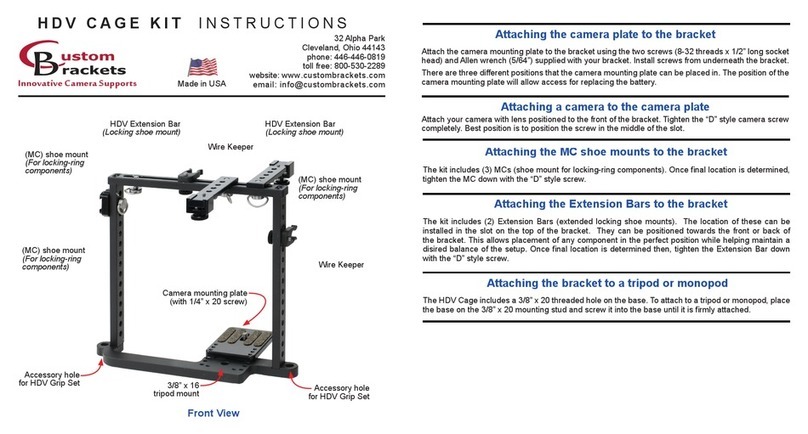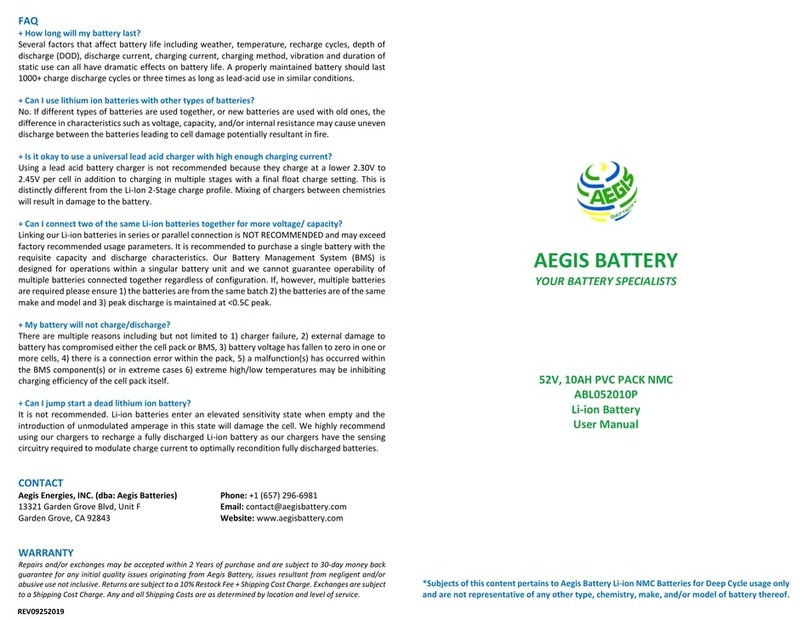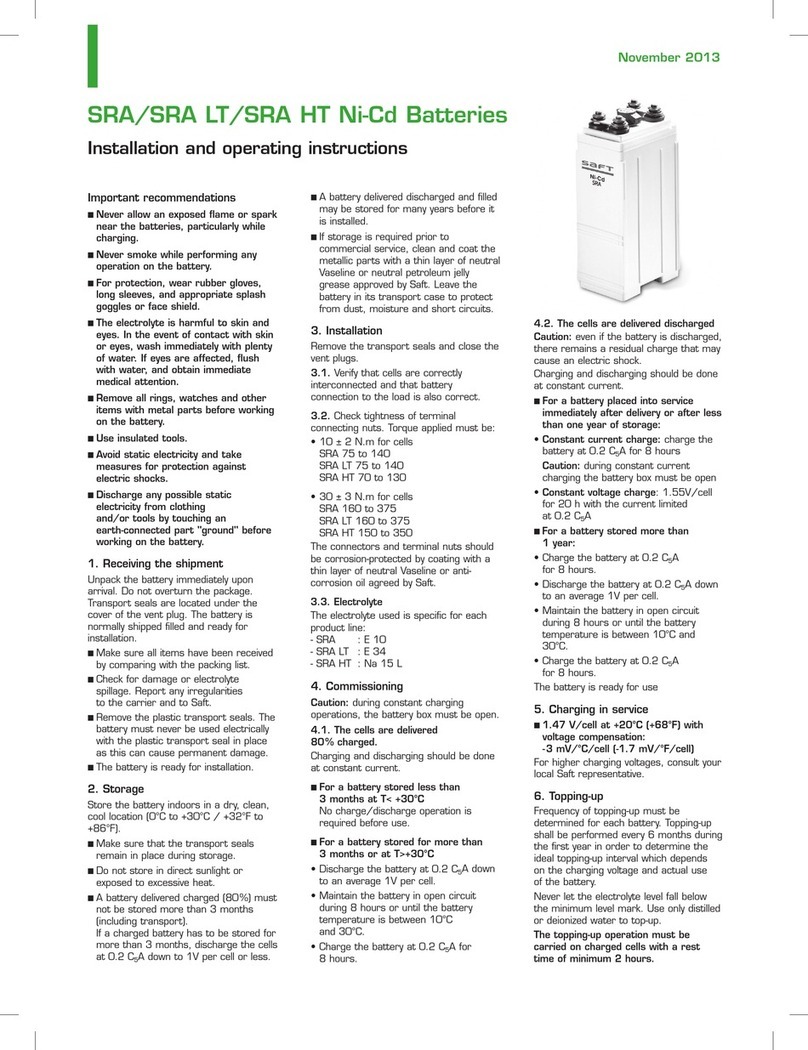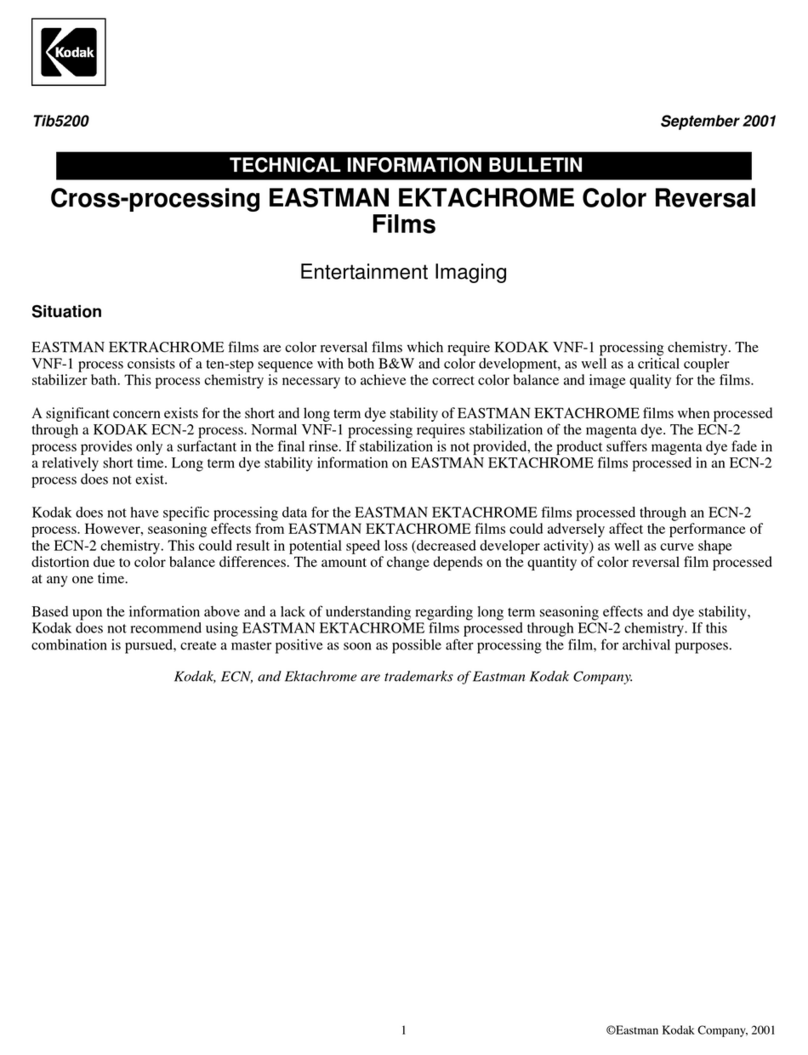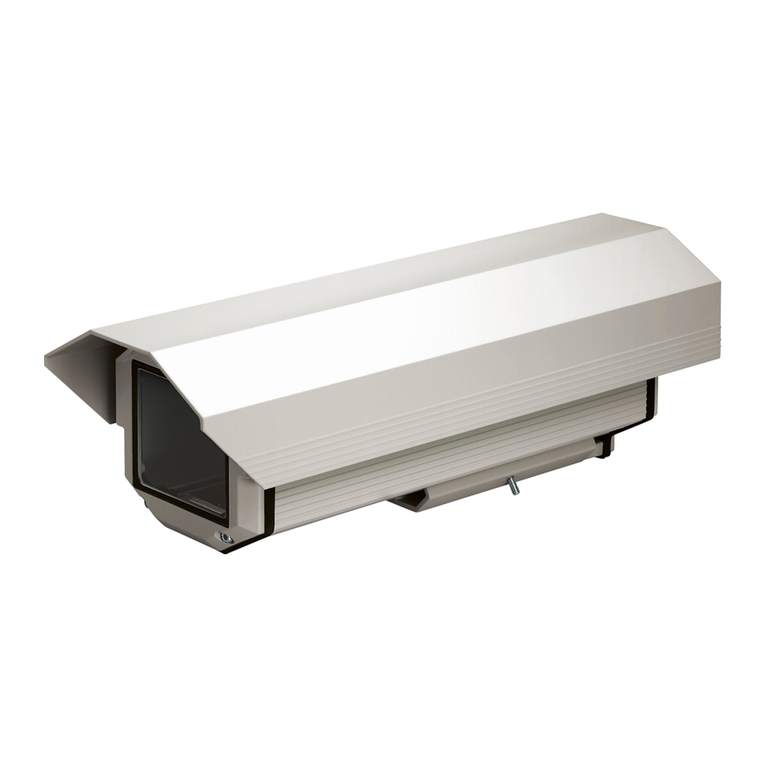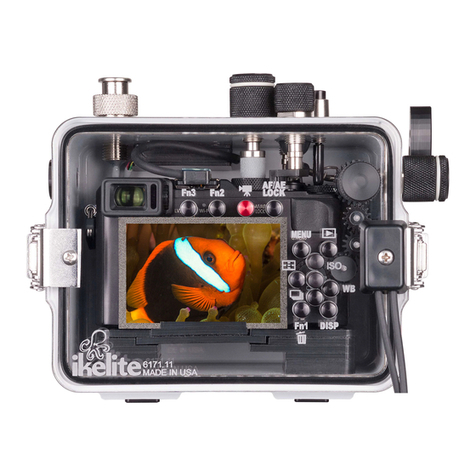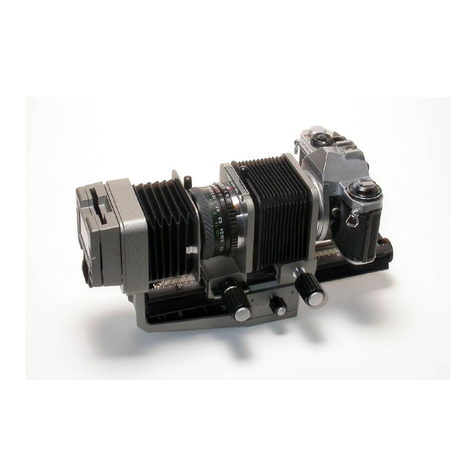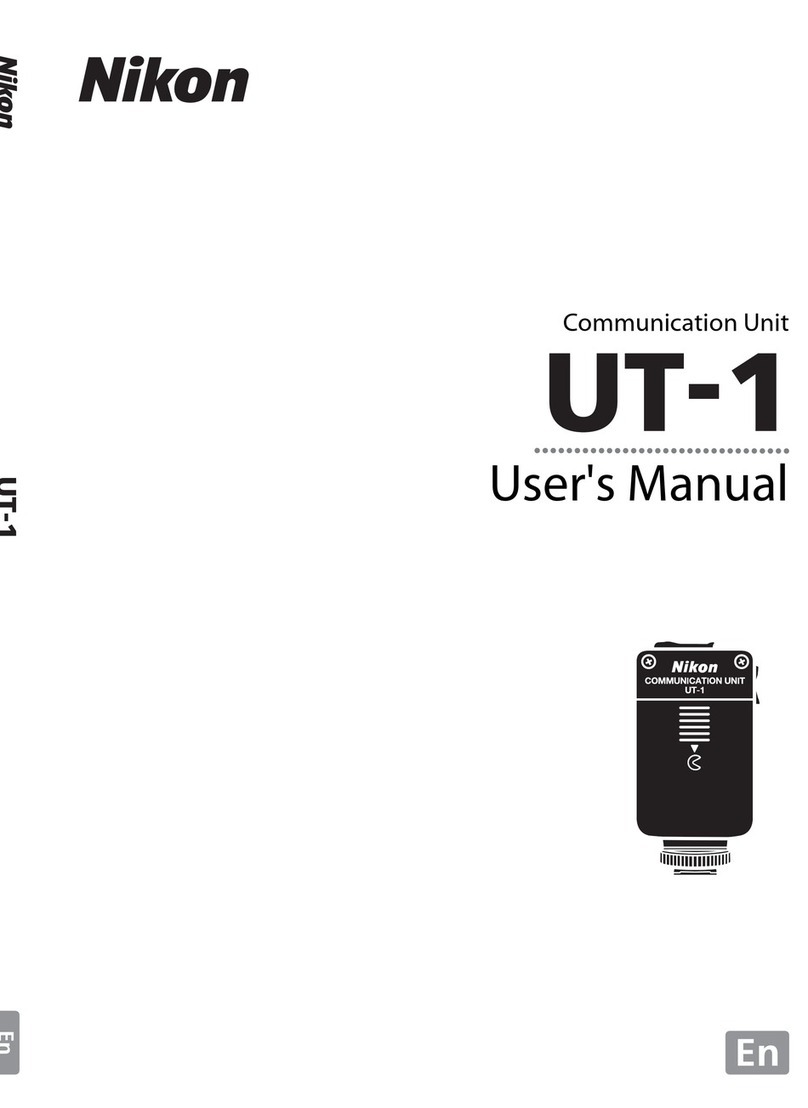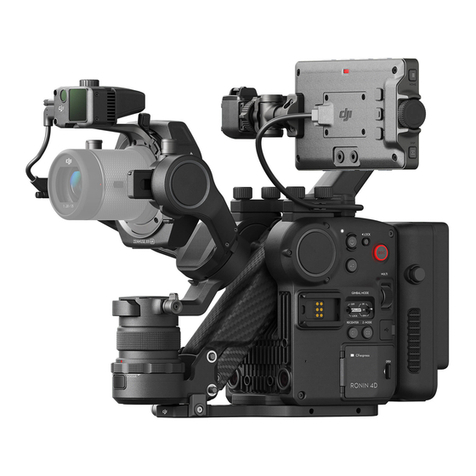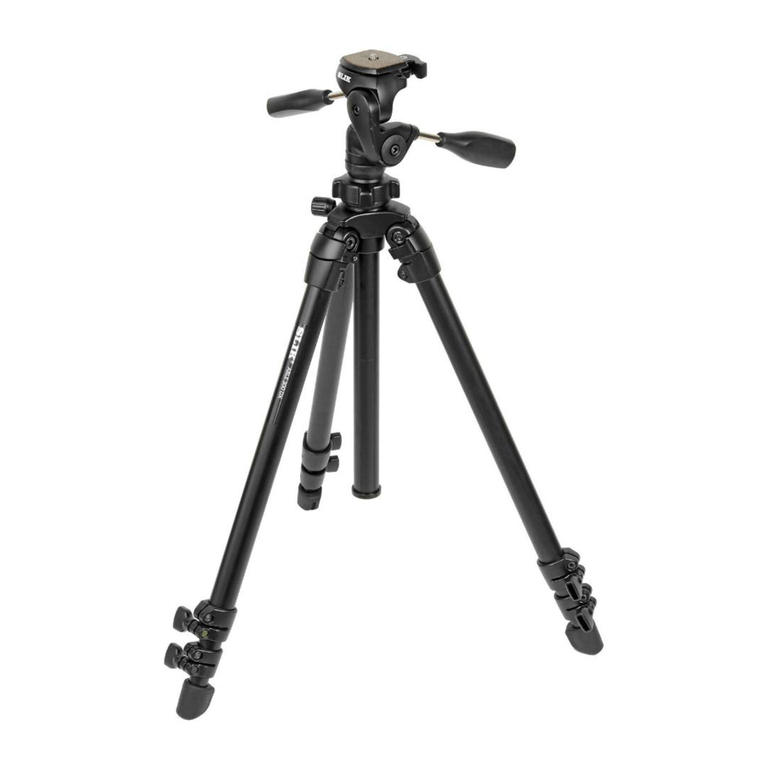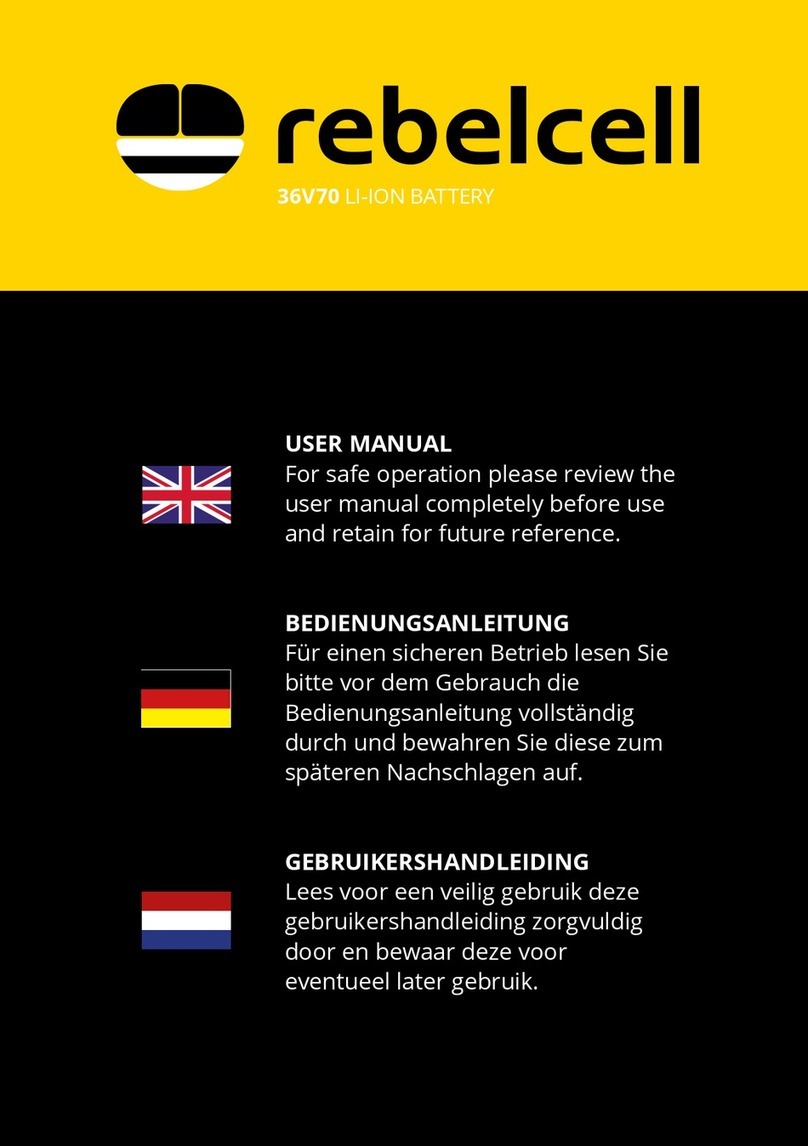RITAR DG Series User manual

Technical Manual
DG SERIES VALVE REGULATED LEAD-ACID BATTERY

Item Page
Prolegomenon
1 Application Range
2 Check
3 Storage before Installation
4 Installation Cautions
5 Battery Features
6 Operating Principle
7 Battery Charge, Discharge & Life
8 Record
9 Maintenance
10 Common Faults & Solutions
1
1
1
1
2
2
3
4
7
7
8
Contents

Prolegomenon
In order to use Ritar GEL series battery correctly and safely, please read this technical manual and
other data together with battery carefully for a comprehensive understanding.
★Pay attention to safety during installation to avoid accident.
★It is required for users to read this manual carefully and keep it well.
★If you have any questions about the Technical Manual or any technical problems, please contact us or our local agent.
Dangerous!
High Voltage……
Don't touch any terminals or connectors
without insulation to avoid electric shock.
Eyes Protection:
Gas from explosion may harm eyes
or even cause blindness.
Prohibition:
Sparks, fire and
smoking.
Vitriol:
May cause blindness
or severe burns.
Wash eyes with clean water
immediately and go to see
a doctor.
Do not loosen the safety vales.
Please read carefully the installing and using instructions in this manual.
Keep the battery in a well ventilated environment when in operation.
Battery maintenance and repair should be conducted by experienced technicians.
1Application Range
This manual is applied to Ritar Nano Silicon GEL Deep Cycle series battery (hereafter referred to as battery).
2Check
1. Af ter rec ei vi ng the bat ter ies , pl eas e check the pac king and mak e su re the bat teries ar e int ac t. Avo id bumpi ng
dur ing carryi ng, and be ca reful when ope n the cartons .
2.Pleas e ope n the ca rtons nea r the ins tal lation pl ac e and ch ec k app ear anc e and qua ntity of the bat tery accessories
after ope ni ng .
3.It's di fficult to det ect leak age if ther e ar e sl ight damages on the bat tery shell. Pl eas e check carefully and mak e
sure ther e is no damage or leak age on the bat ter y sh el l.
4 . If the bat ter y fal ls to the gr oun d or its sh el l is bumped abn or mally, pl eas e repo rt the det ai ls to our compan y for
confirmat ion and af ter mat h ar rang ement .
3Storage before Installation
1. Storage Environment
If the battery is not installed immediately after being received, please store it in a clean, ventilated
and dark place at around 5~30℃.
2. Storage Time
Due to self-discharge, the battery capacity will lose gradually in storage. Do not store the battery
over 12 months or it will affect the battery performance eternally. After being stored for 6 months,
the battery should be charged in voltage of 2.40 ± 0.1V for 24 hours and hereafter should be
recharged at regular intervals ( at least once every 6 months). A relatively high temperature will
accelerate the battery self-discharge; from 20℃ when the temperature increases every 10℃,
recharging interval should be reduced half. For example, when the battery is stored at 35℃,
its initial charging or recharging interval should be 3 months.
If the battery is not charged properly, its performance and life will be affected and cause the normal
guarantee invalid.

4Installation Cautions
1. Before touching the battery, please wear a rubber apron, rubber gloves, safety goggles
or other eyes protection equipments; do not wear metal objects, such as jewelry etc.
2.The battery is very heavy. Be careful and do not pump the battery when moving it.
3. Smoking or lighting fires are strictly forbidden. Keep the battery away from electric arc.
4.Avoid short circuit. The battery has been charged and please prevent battery from short
circuit to avoid equipment damage or personal injury.
5.Put the battery in a cool and well ventilated place. Do not install the battery in a place
that is possible to be immersed by water.
6.Fix the bolts and nuts on the connection terminals to the specified torque; otherwise it
may cause sparks or damages to the terminals.
7.Please clean the battery shell and cover with a wet cloth; to prevent static and spark,
do not use a duster or a dry cloth to clean the battery. It's prohibited to use organic
solvent such as rubber solution or naphtha, which will cause the battery shell cracking.
8.In normal operation, there will be no dissociative electrolyte attached on the shell after
battery gets fully sealed. However, if the battery shell is damaged, dissociative vitriol is
possible to leak. In case electrolyte splashes onto eyes, skin or clothes, flush it with a
large quantity of water. If it splashes into eyes, after rinsing with water, please go to see
a doctor promptly.
9.Make sure the positive (+/red) and negative(-/black)terminals are connected
properly, otherwise it will cause fire or damages to the battery or charger.
10. Please use the following protection equipments when you carry, install and maintain the
battery.
1)Safety goggles or protective face-shield;
2)Acid-resistant gloves;
3)Acid-resistant apron, safety shoes;
4)Proper carrying instruments;
5)Insulation instruments.
11.Battery posts, terminals and fittings contain lead or lead compound; and other chemical
compositions in the battery are harmful to personal health.
Wash your hands after touching the battery!
Battery Features
5
1. Long Service Life
Heavy duty lead-calcium grids ensure mild corrosion and enable a long designed service life
over 10 years standby use under optimal float charge conditions and below optimal operating
temperature of .
2.Patent Designed Construction
RITAR batteries are equipped with PE compound separator construction, which ensures that
gel electrolyte is distributed evenly through-out the inner battery and ensures the best evenness
of all parts of the battery.
o
25 C
2

6
3.Triplex Sealed Construction
Valve regulated sealed construction and triplex strengthened sealing on terminals and posts
prevent electrolyte leakage, and guarantee the air tight and liquid tight state of batteries in
normal operation and prevent external air from entering battery inner.
4.Low Self Discharge
Because of the use of lead-calcium grids alloy, RITAR batteries have low self discharge and
reliable performance. In room temperature, self discharge ratio per month of RITAR battery is
about 3% of the battery capacity.
5.High Security
RITAR batteries are equipped with explosion-proof safety valves to prevent production of
redundant gas. And the construction is designed to prevent setting fire to the internal battery in
case sparkles approach.
6.High Efficiency of Recovery
Unique formulas are used in lead paste of positive post and ensure the battery can be recharged
easily to a normal level.
7.No Electrolyte Stratification
Special additives are use in electrolyte to give it a gelatinous consistency without flowing, leaking
or stratification, and make all parts of plates react evenly.
Operating Principle
1.Electrochemistry
A lead-acid battery is an electrical storage device
that converts electrical energy into potential
chemical energy; when needed the stored
chemical energy can be converted back into
electrical energy again to be supplied to
external systems. In the discharge sta te,
part of at the positive turns into ,
and part of Pb at the negative also turns into
. In this electro-chemical reaction, both
positive and negative electrodes generate
. In the charging state, the lead sulfate
( ) at the positive and negative turns into
and Pb, respectively. When in discharging,
the concentration and density of electrolyte
decreases gradually; while in charging,
it increases. Battery charging and discharging
are realized by electrochemical reactions.
PbO PbSO
2 4
PbSO4
PbSO4
PbSO4
PbO2
H SO
2 4
Positive: PbSO + 2H O
4 2
Charge
Discharge
Charge
Charge
Charge
Discharge
Subsidiary Reaction: H O
2
Subsidiary Reaction: +
2H+2e
+
Negative: PbSO +2H+2e
4
3
Other manuals for DG Series
1
Table of contents
Other RITAR Camera Accessories manuals
Popular Camera Accessories manuals by other brands
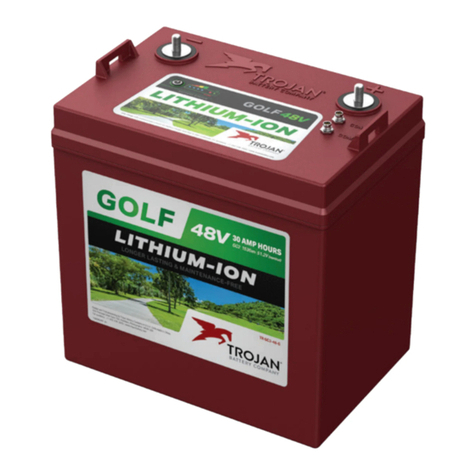
Trojan
Trojan GC2 48V quick start guide
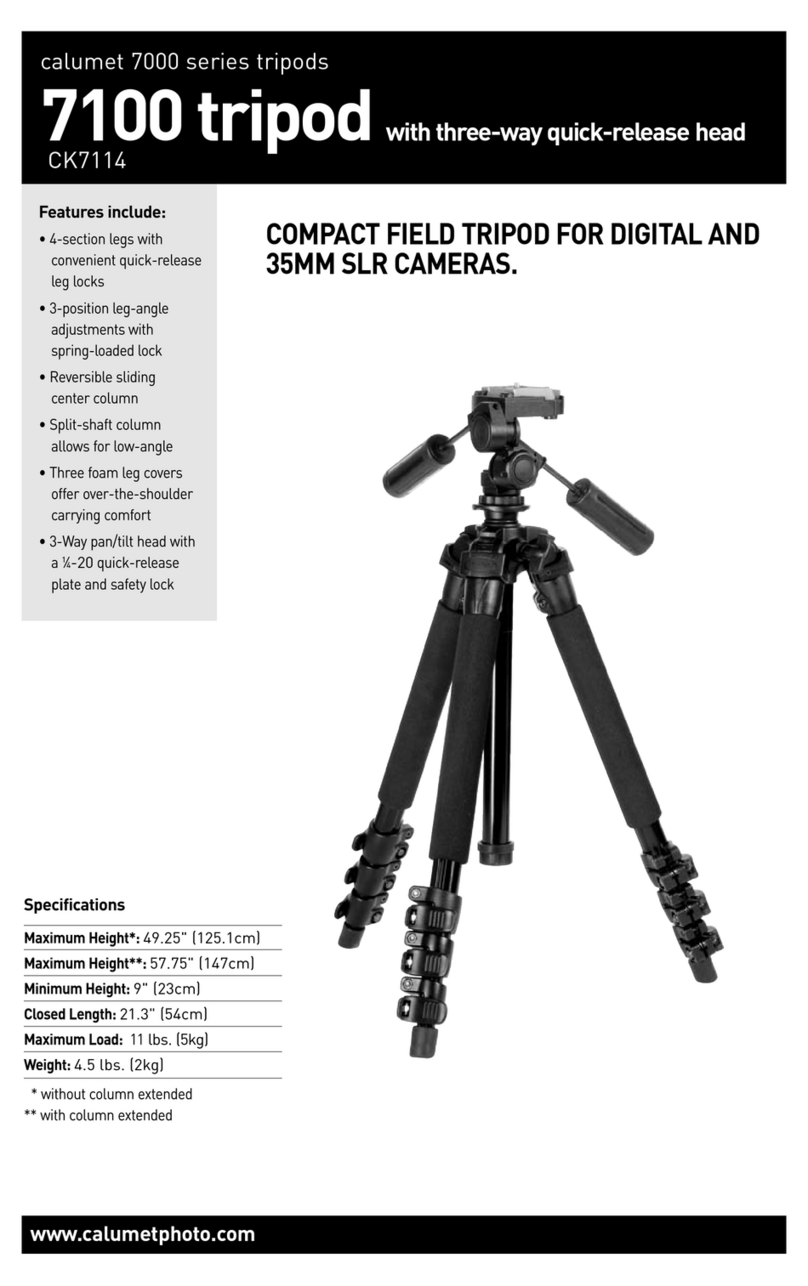
Calumet
Calumet 7100 Series CK7114 operating instructions
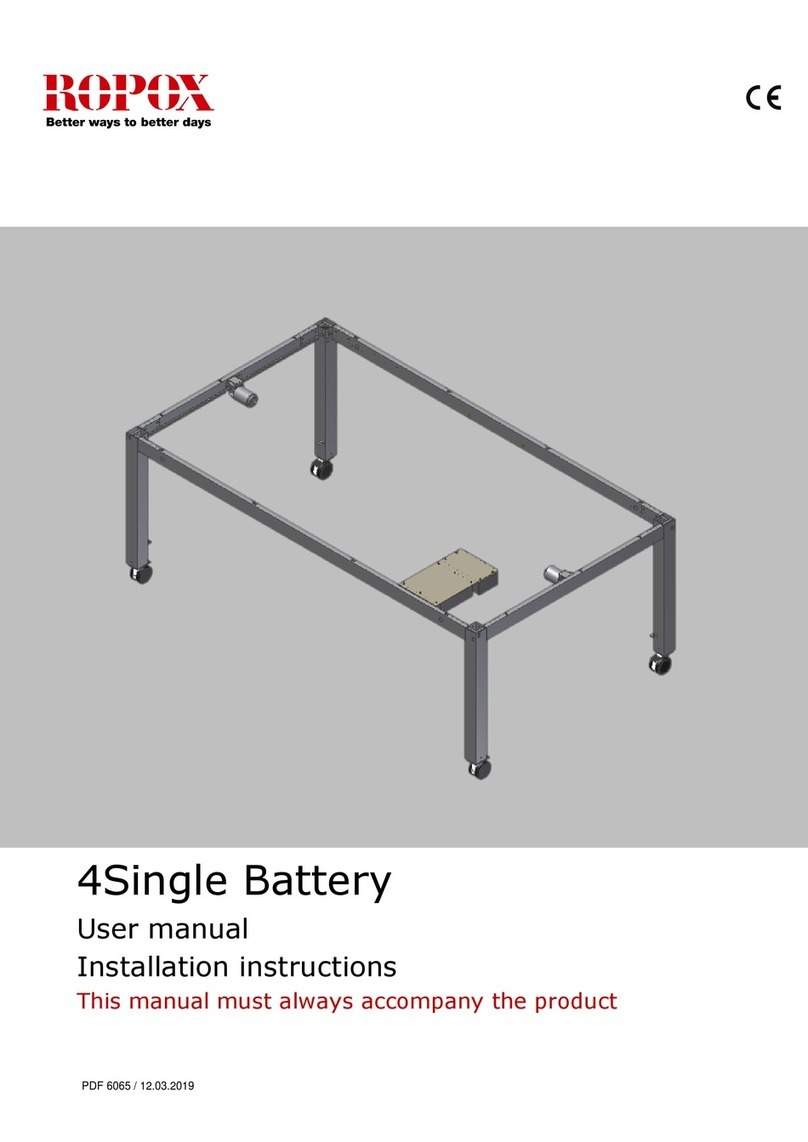
Ropox
Ropox 4Single Series User manual and installation instructions

Cambo
Cambo Wide DS Digital Series Main operating instructions

Samsung
Samsung SHG-120 Specification sheet
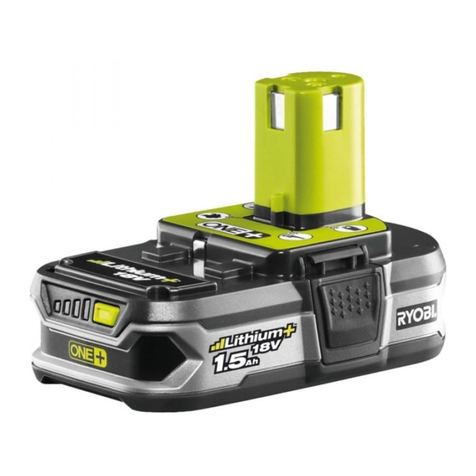
Ryobi
Ryobi BPL-1820 Owner's operating manual

